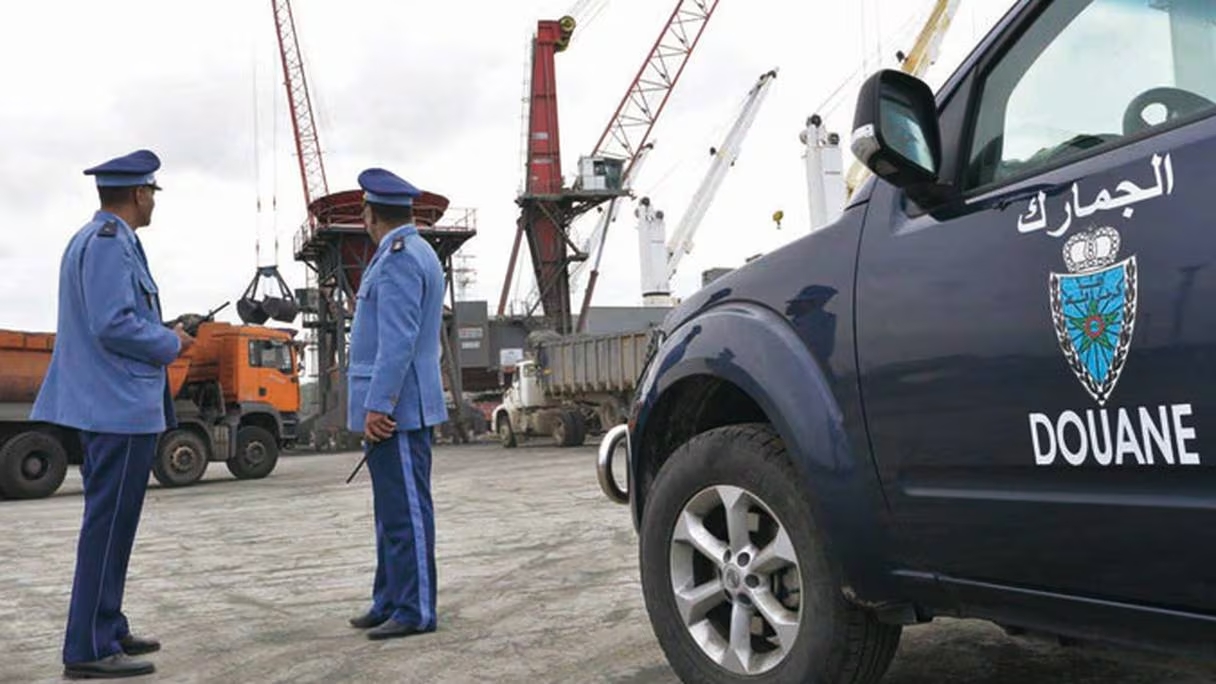For the first time ever, Morocco’s customs authorities processed over two million unique goods declarations (DUMs) in 2024, marking a 7.1% increase compared to the previous year. The data, published in the latest annual report by the Administration of Customs and Indirect Taxes (ADII), reflects a broader surge in both import and export activity, highlighting the growing dynamism of Morocco’s international trade flows.
According to the report, import declarations rose by 7.3% while export declarations followed closely with a 7.2% uptick. Of the total volume, 32% were related to standard imports, 22% to straightforward export declarations, and 20% to exports made under the customs economic regime (RED), which offers special procedures for goods that are temporarily imported or exported.
Regionally, the lion’s share of these declarations came from the Tanger-Tetouan-Al Hoceima customs directorate, which alone accounted for 51% of the national total. Casablanca-Settat followed, contributing 37%. Together, these two regions handled nearly nine out of ten customs declarations in the country—underscoring their central role in Morocco’s trade infrastructure.
A significant part of this momentum can also be attributed to the Magasins et Aires de Dédouanement (MEAD)—special customs clearance zones designed to ease congestion at major entry points like ports and airports. These logistics hubs handled 21% of all DUMs in 2024, reflecting a 7.9% growth in processed cargo flows. MEADs are engineered to streamline the clearance process, helping companies cut down on logistics costs and reduce delays.
The Casablanca-MEAD hub led the pack, processing 45% of all MEAD-related declarations, followed by Nouaceur-Freight with 32%, and the city of Tangier with 20%. These figures underscore the growing reliance on off-site customs clearance zones as a strategic tool to improve efficiency and competitiveness in trade operations.
With trade volumes rising and customs systems evolving to meet demand, Morocco’s logistics infrastructure appears to be keeping pace—suggesting a positive trajectory for importers, exporters, and the broader business community in the years ahead.
